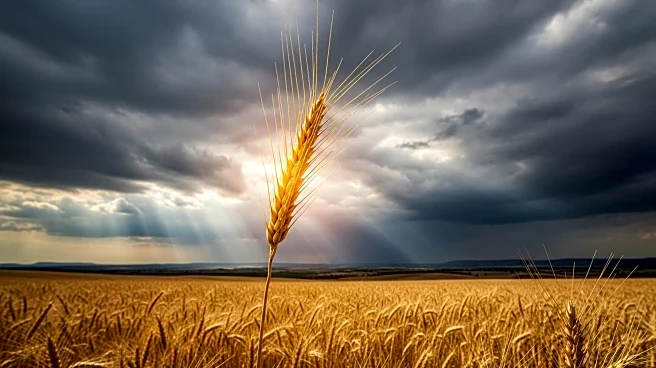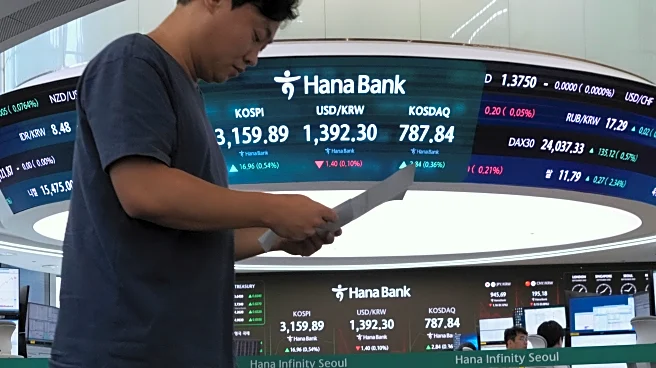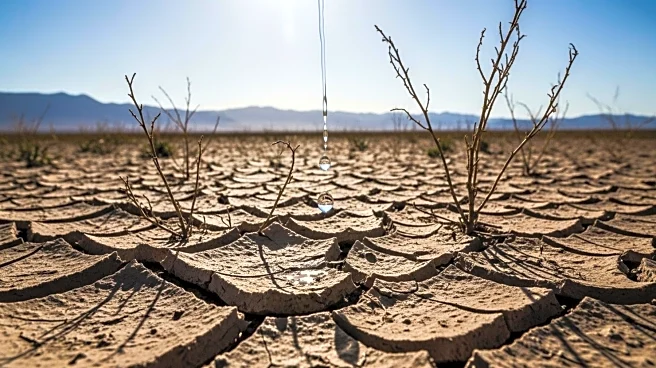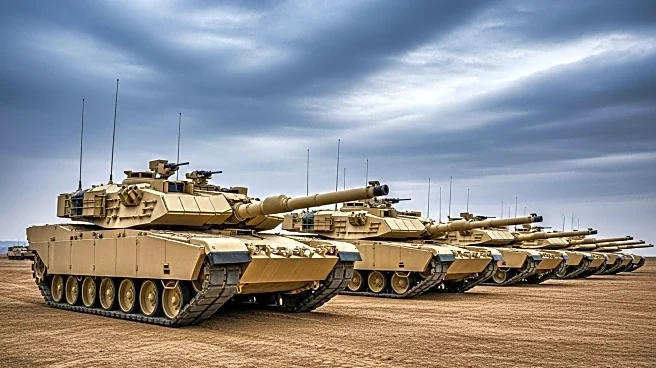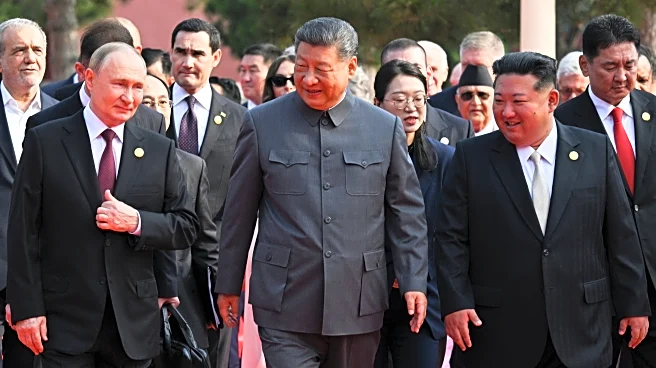What is the story about?
What's Happening?
The global wheat market is experiencing bearish pressures due to oversupply, aggressive competition, and trade wars. Russia and Australia have emerged as dominant exporters, with Russia projected to ship 41.5 million metric tons and Australia 29.3 million metric tons in 2025/26. The U.S., once a leading exporter, now ranks fourth, facing challenges from domestic supply gluts and logistical bottlenecks. Droughts in Canada and Australia further complicate the supply-demand balance, creating regional volatility despite global abundance.
Why It's Important?
The shift in export dynamics has significant implications for U.S. wheat producers and investors. As Russia and Australia capture larger market shares, U.S. exports face increased competition, potentially leading to lower prices and reduced profitability for American farmers. The geopolitical tensions, including tariffs imposed by the Trump administration, add uncertainty to the market, affecting speculative positions and investor confidence. The bearish outlook suggests that stakeholders must adapt to changing trade flows and consider strategic positioning to mitigate risks.
What's Next?
The global wheat market may continue to experience volatility due to geopolitical tensions and environmental factors. Investors and producers will need to monitor export volumes and regional drought conditions closely. The potential for trade wars to impact prices and supply chains remains a critical factor, necessitating hedging strategies and diversification into alternative crops. The evolving export hierarchy could lead to long-term shifts in global trade patterns, requiring strategic adjustments from U.S. stakeholders.
Beyond the Headlines
The current market dynamics highlight broader issues of food security and trade policy. As major exporters like Russia and Australia gain influence, questions arise about the sustainability of global supply chains and the impact on smaller producers. The interplay between environmental challenges and geopolitical strategies underscores the need for comprehensive policy approaches to ensure stable and equitable access to agricultural resources.
AI Generated Content
Do you find this article useful?
